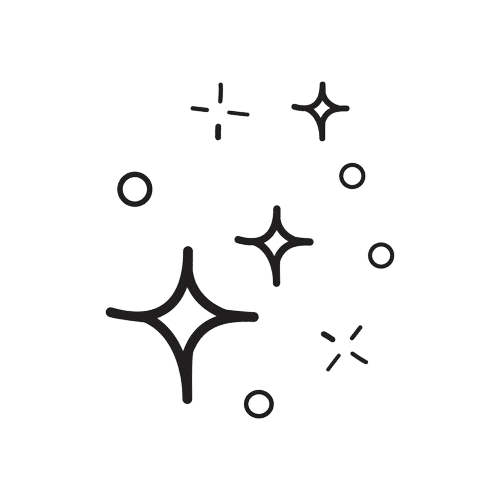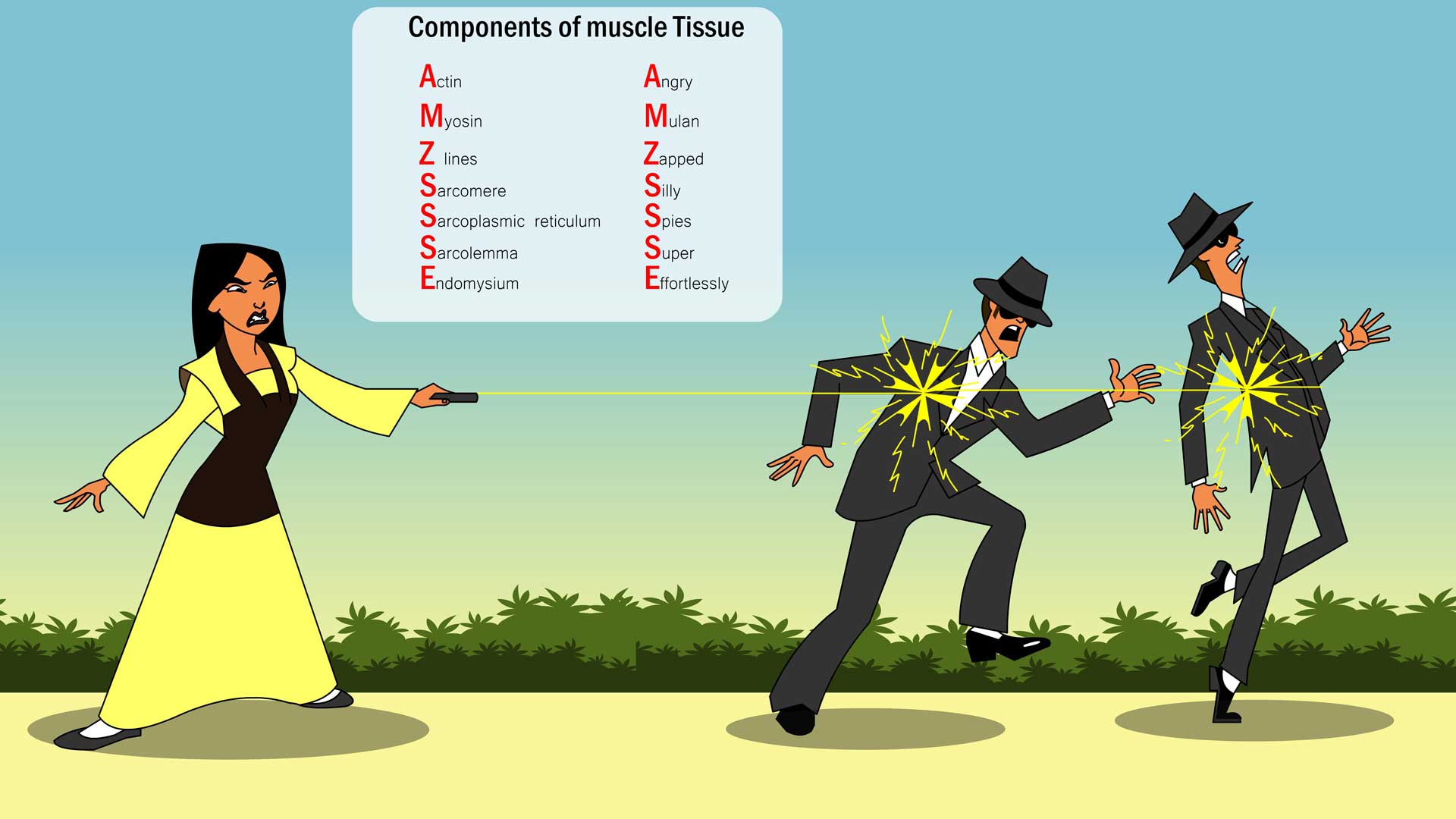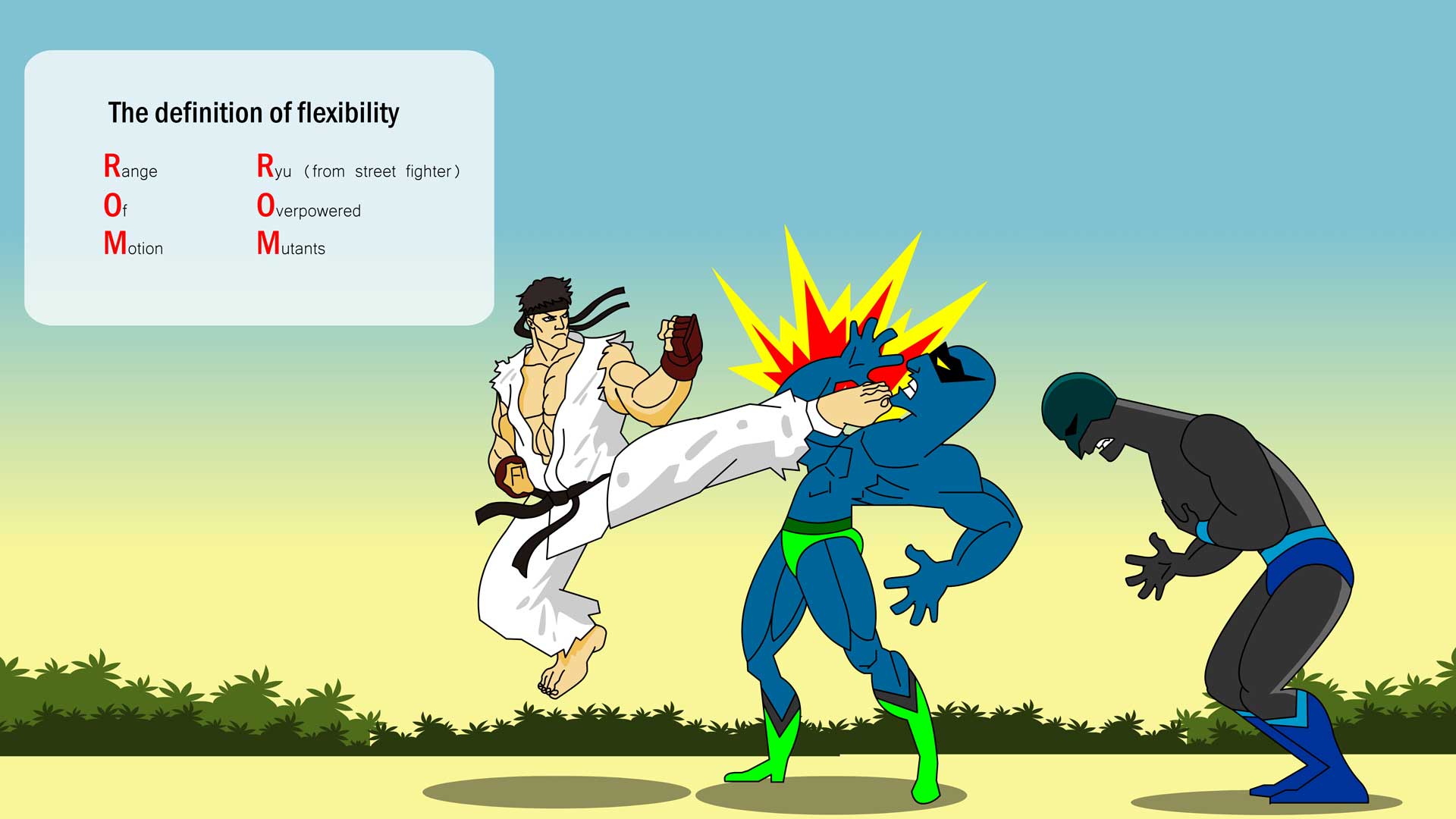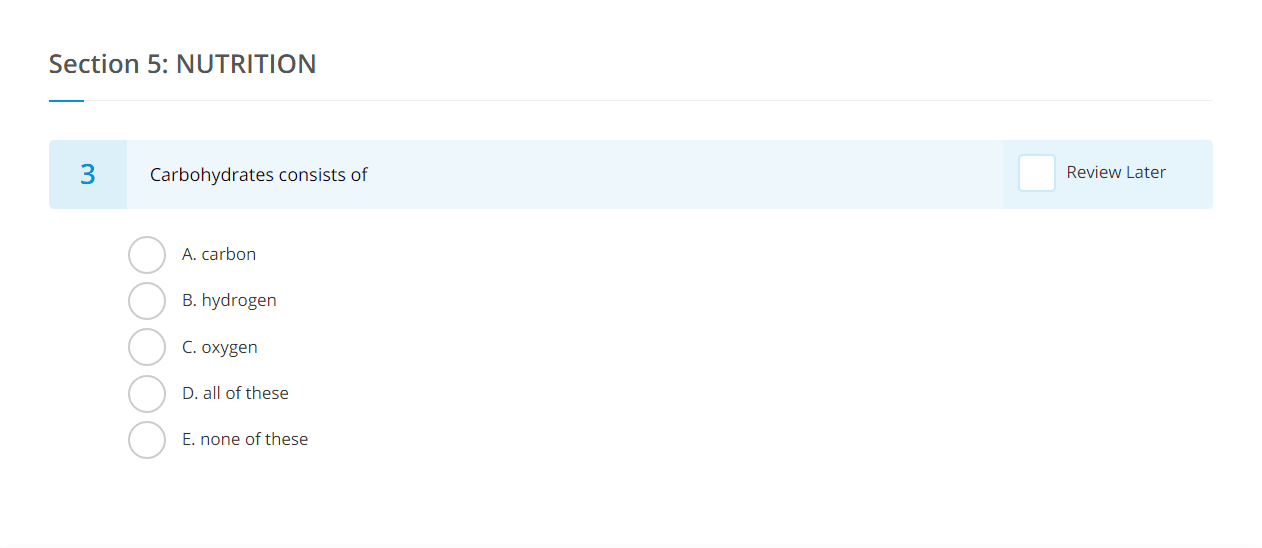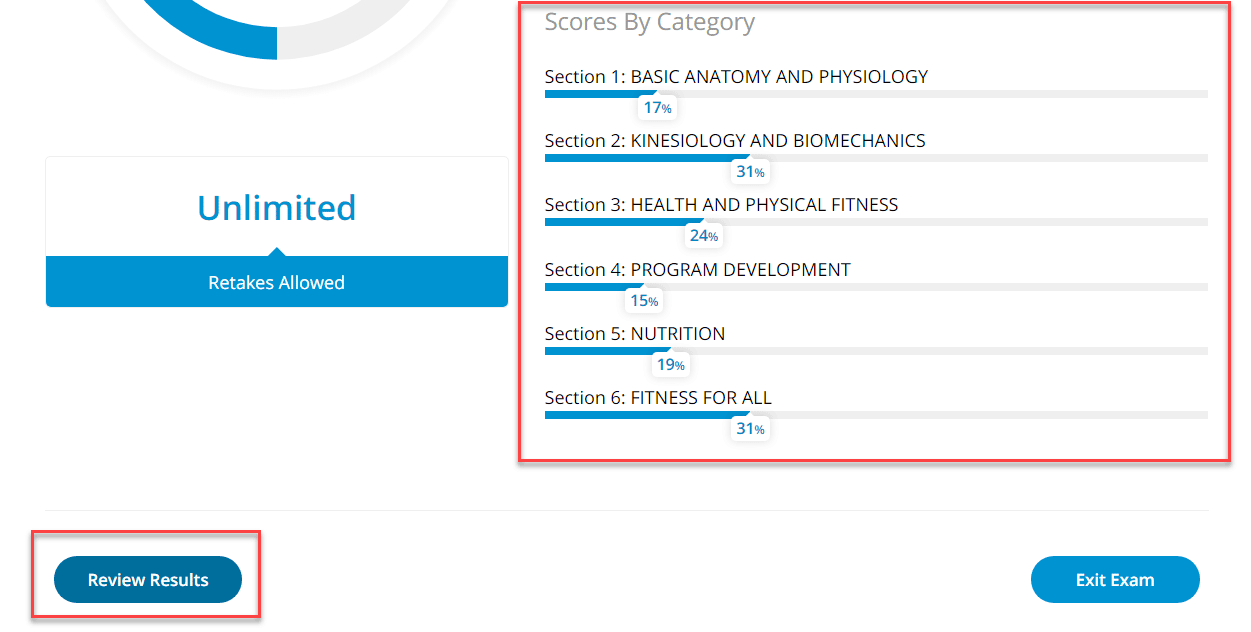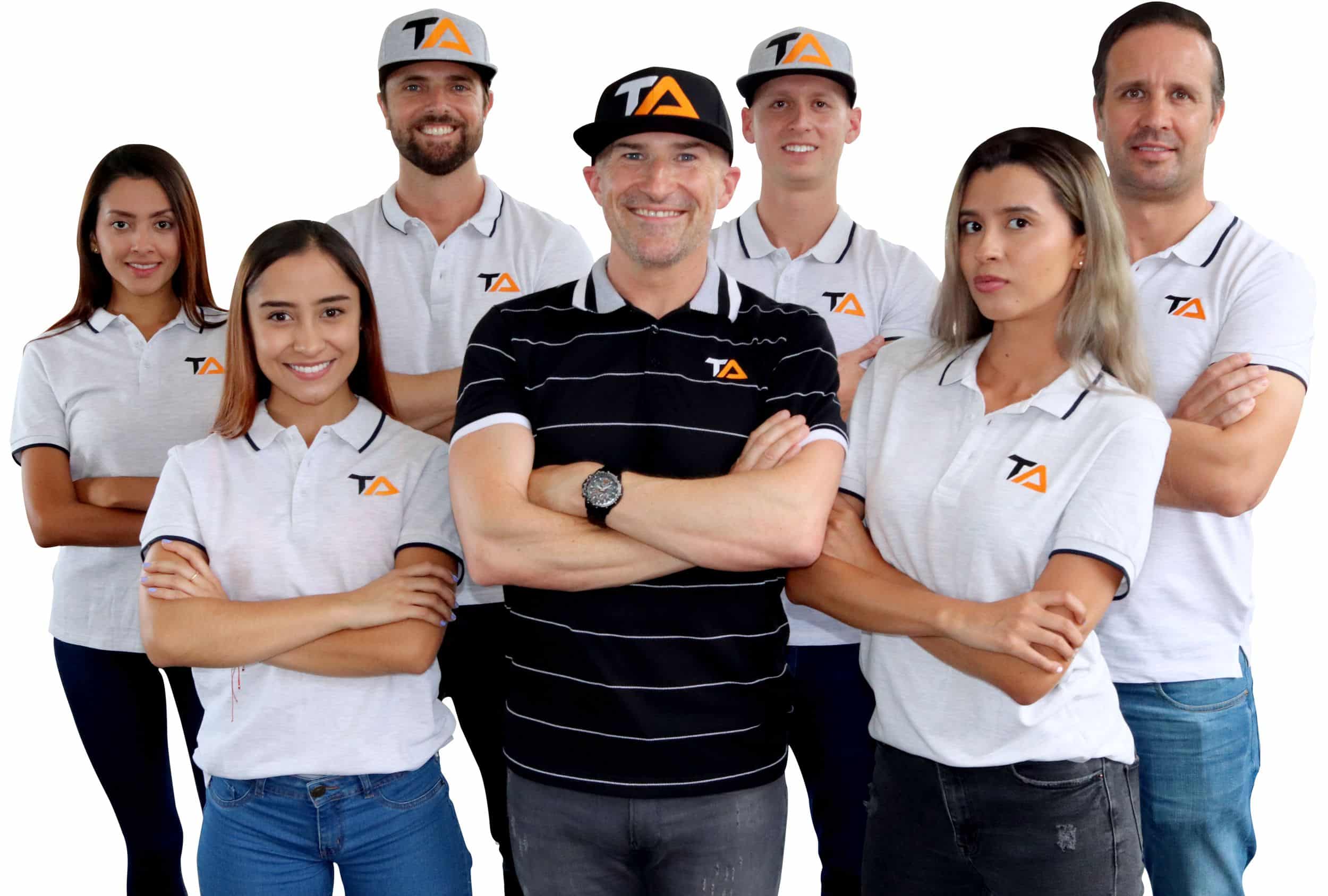
ISSA MVP Package Example
Chapter 10 Assignment Questions
1
Define “flexibility”.
2
Explain the role of the sarcomere inflexibility.
3
List and explain the three inhibitory proprioceptors and their role in flexibility.
4
List four standardized tests to assess flexibility.
5
Explain the constraining factors that may limit flexibility.
6
Explain the benefits of improving range of motion and surrounding musculature. Provide an example at a specific joint.
7
What happens to your hip flexors when sitting for long periods of time? How does this affect your spine?
8
List and explain the three areas relative to the specificity of flexibility training.
9
How does body temperature play a role with effective stretching?
10
For the following, provide the definition, appropriate length of time to perform each stretch and when each type of stretch should be performed within a single training session:
11
Define reciprocal innervation:
12
Which four factors should you consider when incorporating higher levels of a range of motion into your programming?
13
Provide the appropriate guidelines for foam rolling.
14
What is the appropriate direction to foam roll in terms of muscle origin and insertion?
15
How can weight training result in a loss of flexibility?
16
Provide several examples of dangerous exercises that your clients should avoid.
17
Explain the difference between the active and passive range of motion. What does each accomplish?
Unit 10 Assignment Answers
The degree to which joints can move efficiently and safely within a flexion and extension range.
A structural unit of a myofibril in striated muscle, consisting of a dark band and the nearer.
● Golgi tendon organ causes the motor cortex of the brain to “shut off” muscle contraction
● Pacinian corpuscles are sensitive to quick movement and deep pressure.
● The muscle spindle a specialized muscle fiber which detects excessive stretch within the muscle.
● Sit and reach
● Hip flexor test
● Shoulder flexibility
● Trunk extension
● Genetic predisposition Age
● History of injury
● Muscle size due to the training effect Fascial binding
● Nature of connective tissue about the joint
Increased ROM can increase force production and performance as well as reduce injury potential. an example is increasing ROM of the hamstring group in sprinters.
Hip flexors can be shortened by sitting
● Joint specificity: flexibility training can be prioritized toward joints that are most in need
● Position and speed specificity: stretching exercises must be very similar in form and speed to the skill you are trying to improve.
● Resistance training specificity: Two key points are to perform resistance exercises through the involved joint’s full ROM and to work antagonist pairs of muscles equally.
Body temperature increases the ductility of muscles to be stretched
● Static stretching: 20-sec
● Dynamic stretching: instantaneous
● PNF stretching: 10-sec
● Active stretching: 15-sec
● Passive (or relaxed) stretching: 20-sec
● Isometric stretching: 15-sec tension, 20 sec-relax
The contraction of a muscle or set of muscles (as of a joint) is accompanied by the simultaneous inhibition of an antagonistic muscle or set of muscles.
1. Connective tissue restrictions
2. Bone configurations at the joint
3. Contact of muscle masses of adjacent segments
4. Strength of the muscles over the full ROM
You simply take the foam roller and slowly roll it across the muscle from which you want to release adhesions and knots.
Rolling from the proximal to the distal attachment of a muscle.
By not using the full ROM with heavy resistance
● Straight-leg toe touch
● Seated toe touch
● Hurdler stretch
Passive flexibility refers to the ROM available when an outside force (e.g., gravity, momentum, another body part, or another person) is the causative force.
In active stretching, the muscles that are actively involved do so primarily in the eccentric contraction.
You didn’t think we were going to leave you hanging without the answers, did you? Use these answers to double-check your own answers from the official ISSA study guide. Or, use them as a cram guide before the exam.
ISSA Mnemonics
At first, mnemonics may seem like a strange way to study. But studies have shown time and time again that it is the best way to memorize information in a sequence. The goal is to make them as weird, controversial or gross as possible. Trust me, you are First Response might be “Ewwwww”, but you will never forget them. Practice what you learned in the fill in the blank section below.
Let’s practice one. The definition of flexibility:
Audio Study Guide
And for audio learners, we’ve got you covered as well. These are great to study while you are driving or hands-free. It is the same as the written study guide. Short and sweet. We don’t want you falling asleep from an overload of long boring lectures.
Our Intelligent flashcards: Click a card
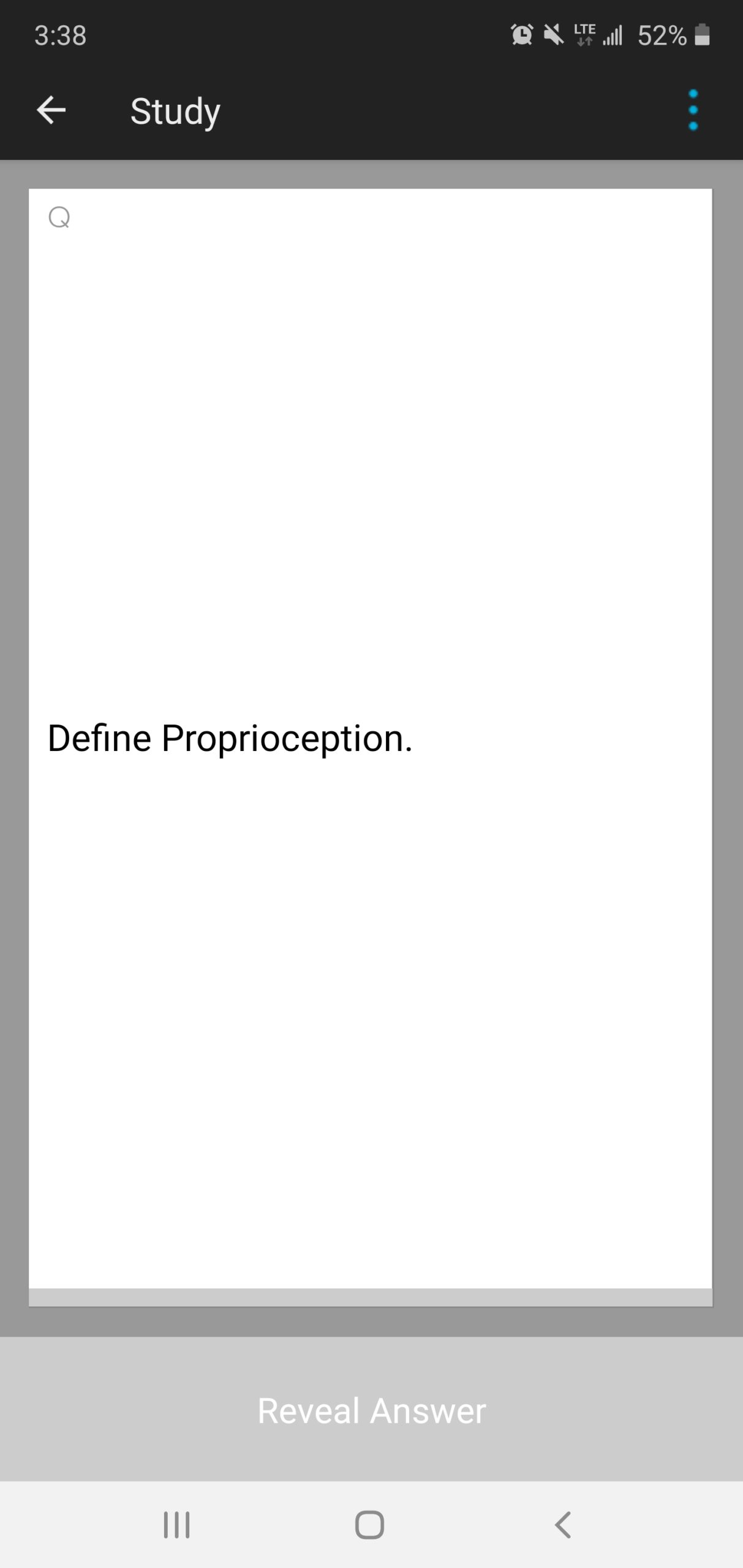

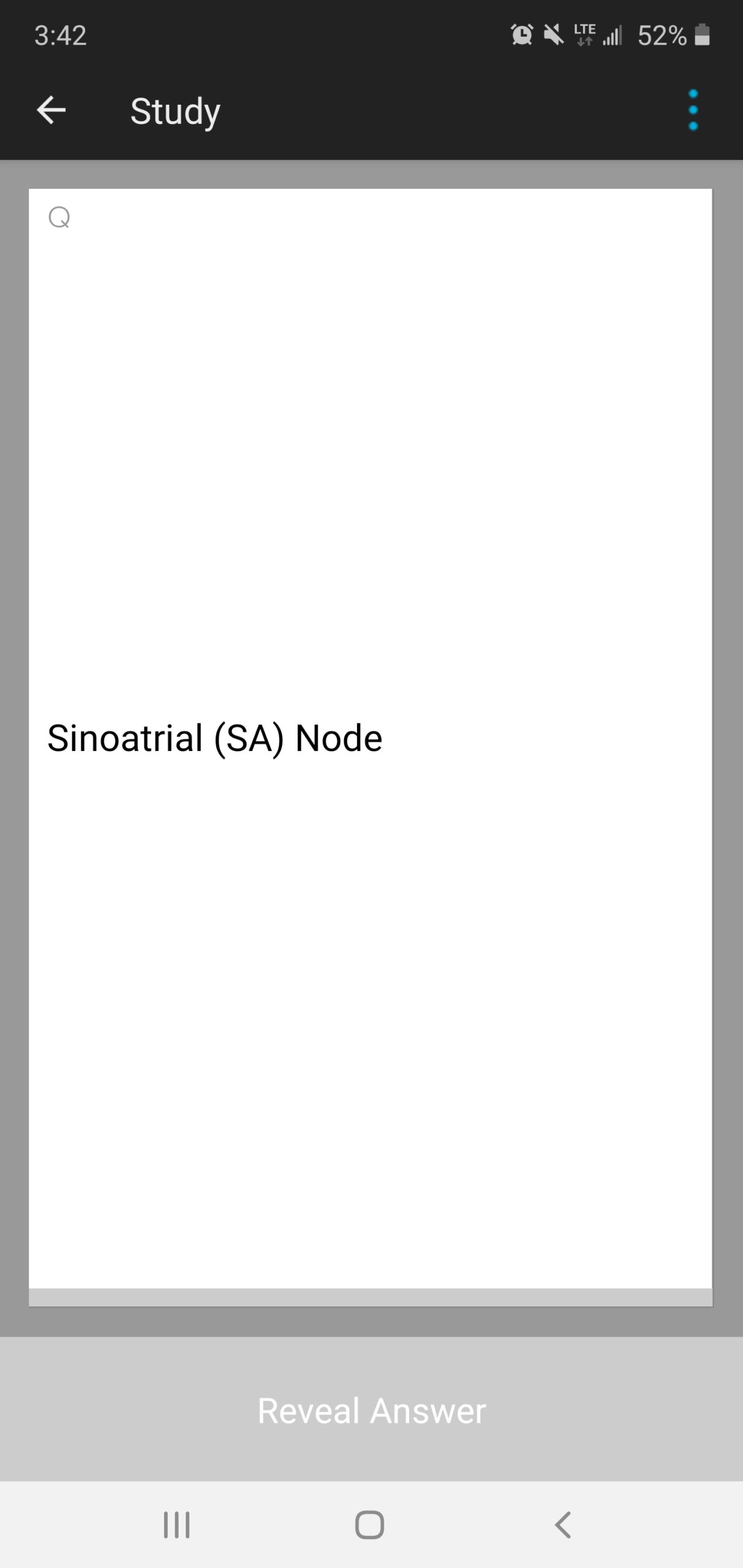
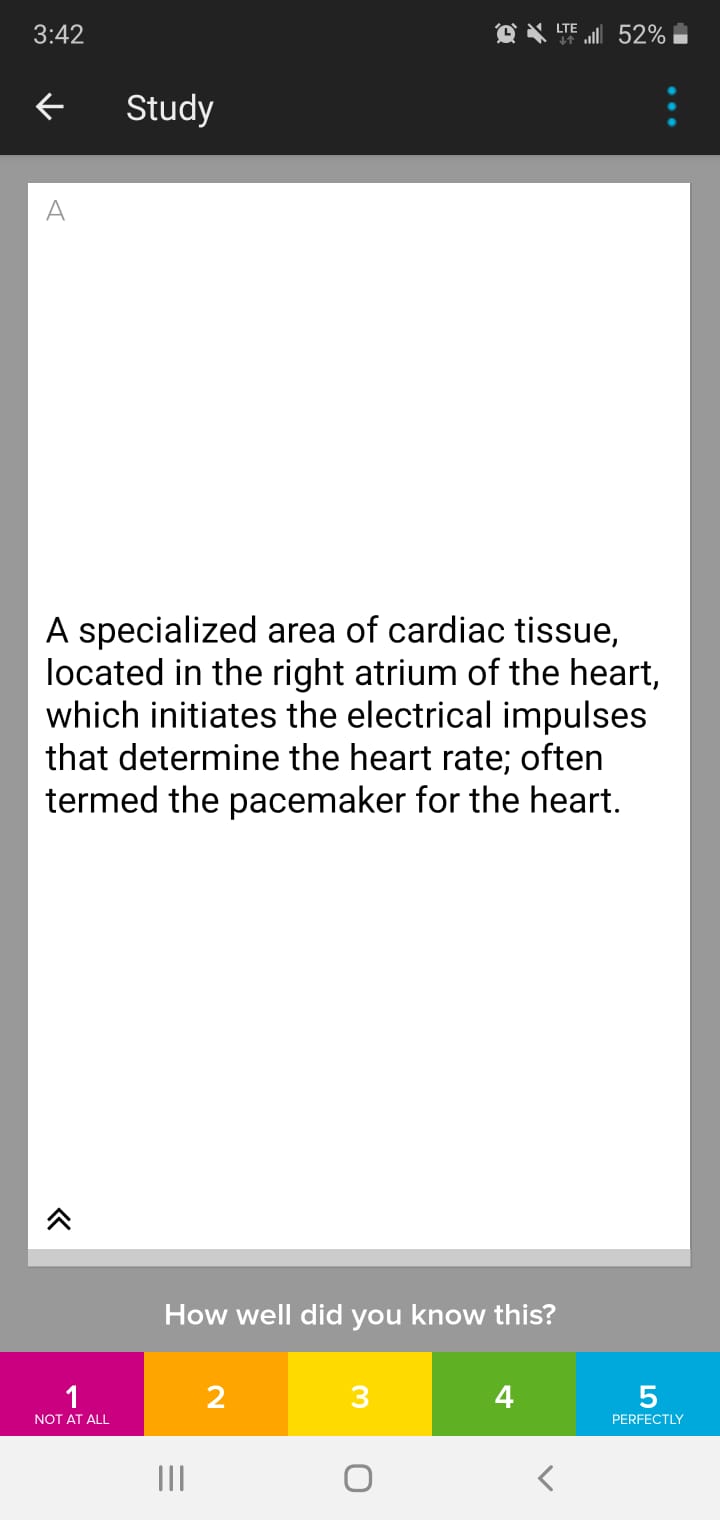
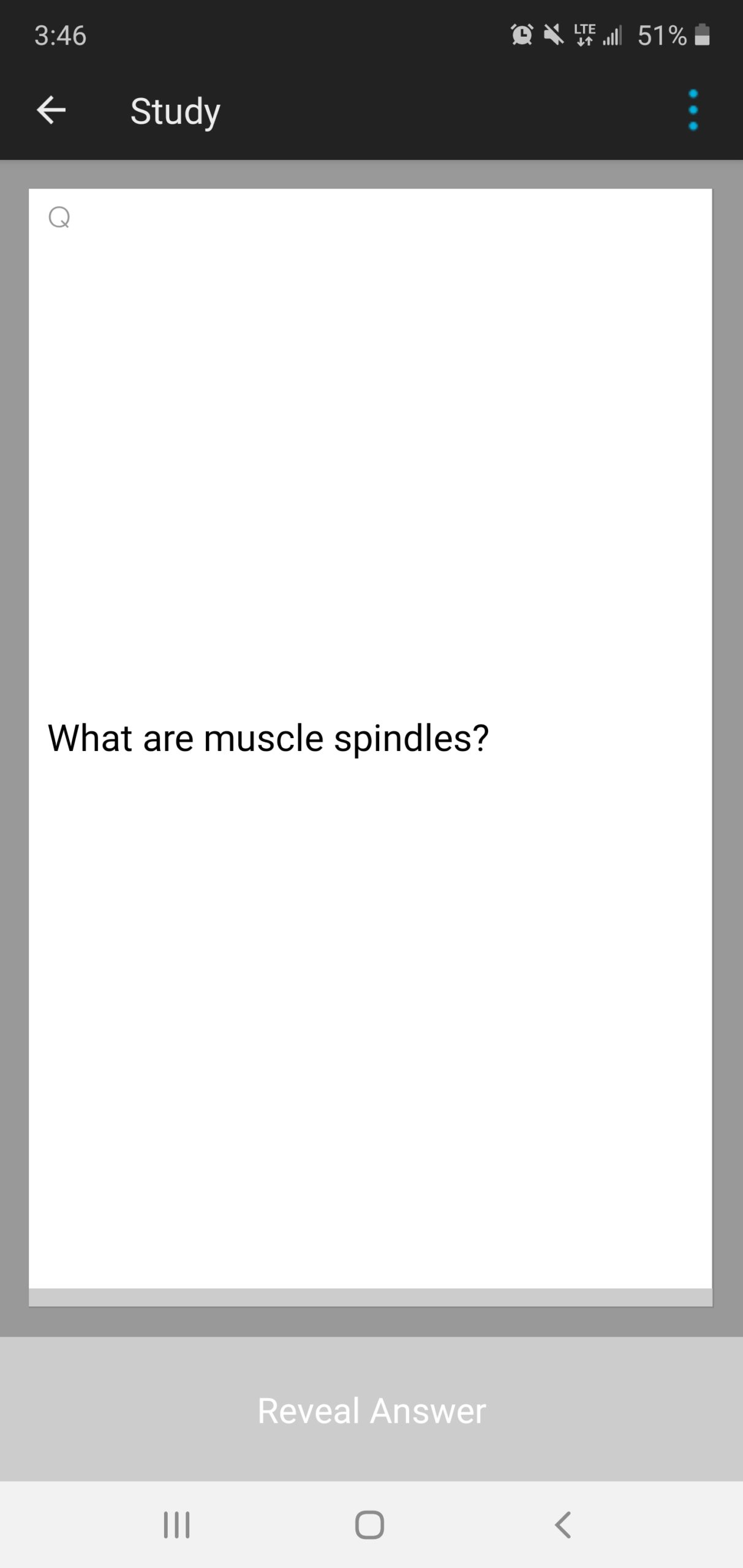
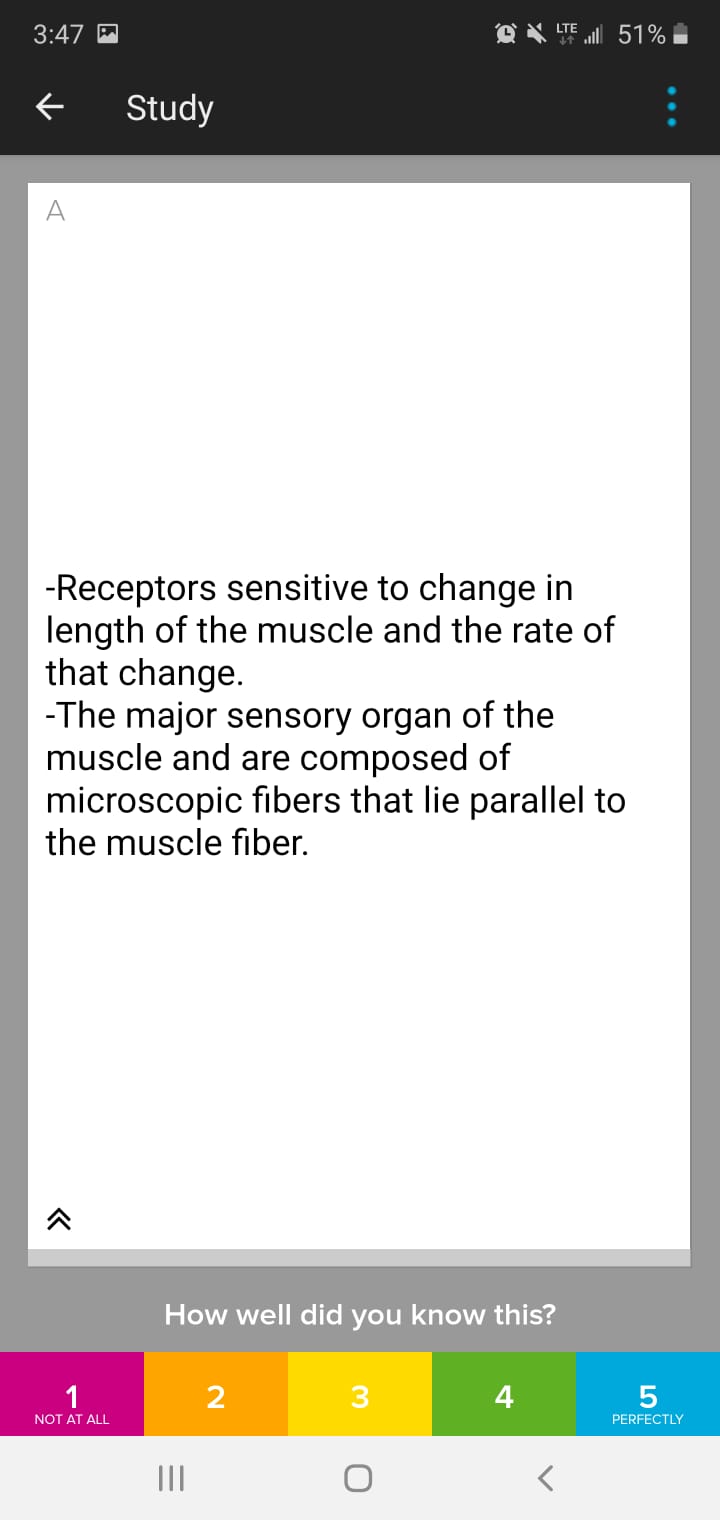
While using our intelligent flashcards, you will rate yourself on how well you know each card from 1 (pink) to 5 (blue). Our intelligent system will start showing you you’re difficult cards frequently, and you’re easy cards only once in a while. This will save you hours of time by focusing on your weak areas. 750+ flashcards total.
Practice Exam Process
We have a full 200 questions ISSA practice exam. These exams have a 2-hour countdown timer to replicate what it feels like to take the real exam. You are shown which domain each question comes from.
At the end of each exam, you will see a breakdown of how you did in each of the six domains of study. This will help you refocus your studies on your weak areas.
In the “review results” section, you will be able to see all the questions you got wrong as well as the correct answer.
Additional MVP study materials and features

ISSA Study Blueprint
The study blueprint contains a 10 week study plan, an 8 week plan, a 4 week plan and a 2 week plan (AKA the cram plan). We help you decide which plan is right for you and show you exactly what to study (and how) for that time frame. This blueprint is essential if you are last second cramming and will give you the best chance to pass the exam.

ISSA Cheat Sheet
The ISSA cheat sheet contains the most important information that you need to focus on right before the exam. This all fits on one sheet of paper and can be easily printed out and used the night before the test, as well as the day of the exam. This drastically helps with the retention of information.

100% Exam Pass Guarantee
Our ISSA MVP study package comes with an exam pass guarantee. It’s straightforward, if you somehow fail the test after using our study materials, we will refund 100% of your money. Period. We are that confident in our study materials.
Flash Sale: Save $100 on the ISSA MVP Package Today
Code: APRILFLASH | SAVE 25%-50% on our MVP Study Programs

Questions? Use the Chatbox.




